A popular form of street furniture in the years following the civil war, street clocks such as this were once quite a common sight.
Becoming popular in the 1860s, street clocks were often made by jewelry shops, and they bore advertising for the shop or institution which installed and maintained them. They also served their communities with a master timepiece that everyone could set their pocket watches against.
Bomelstein’s Jewelers left Greenpoint in the 1980s but their clock remains. Likely ordered from a catalogue and made by the Seth Thomas Company - the same company that made the clock in Grand Central Terminal - it would have cost roughly $600, or about $15,000 in today’s dollars. Installed around the turn of the century, the clock was originally wound by hand, with the weight needing to be re-wound every eight days.
Over the years, many of these clocks were destroyed in automobile accidents or removed during construction, or due to new street ordinances. There are only four surviving clocks in New York City, and the Bomelstein’s Jewelers Clock is an officially designated landmark, as well as being the only surviving sidewalk clock in Brooklyn.


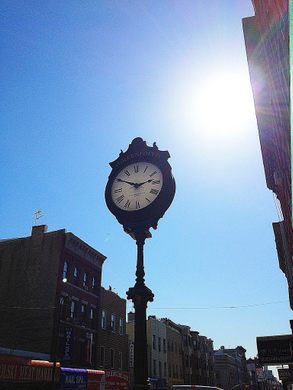
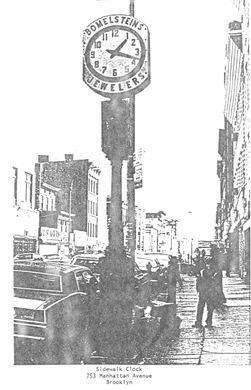

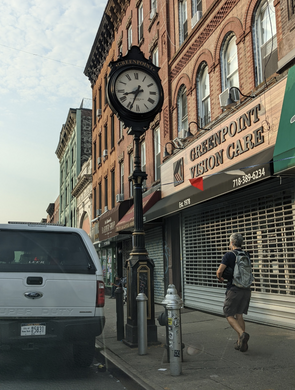






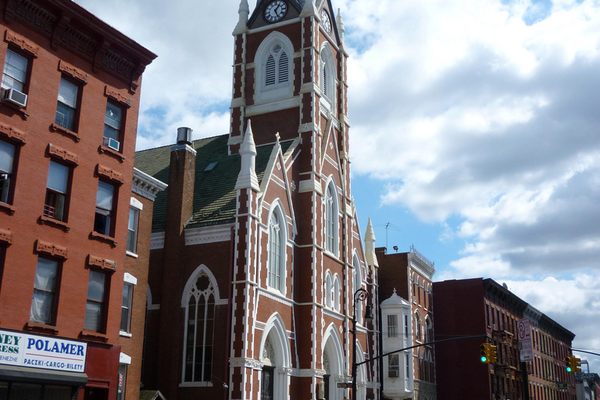

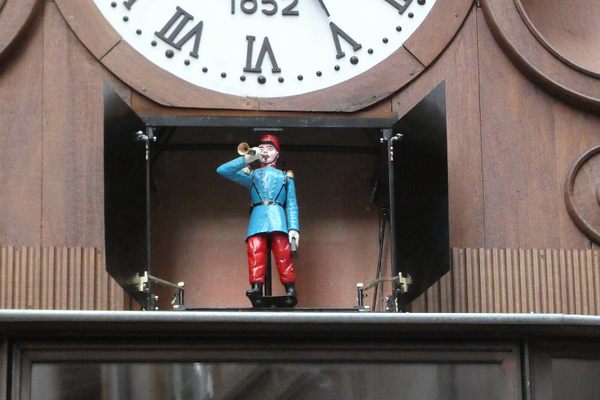
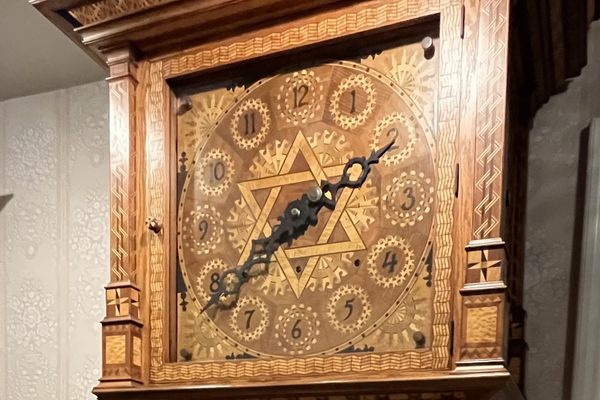


Follow us on Twitter to get the latest on the world's hidden wonders.
Like us on Facebook to get the latest on the world's hidden wonders.
Follow us on Twitter Like us on Facebook